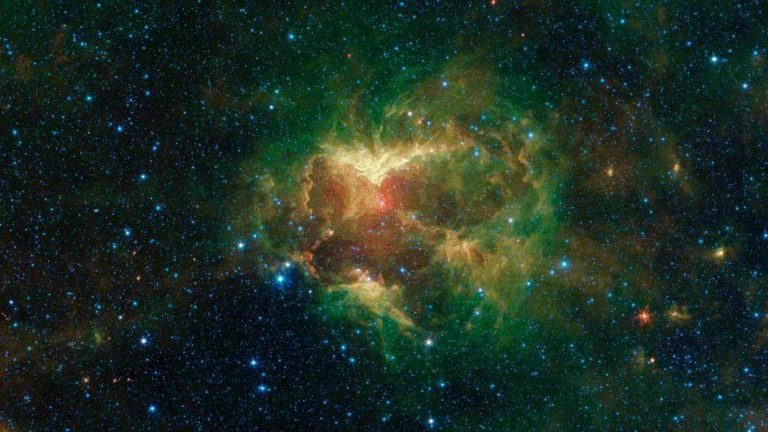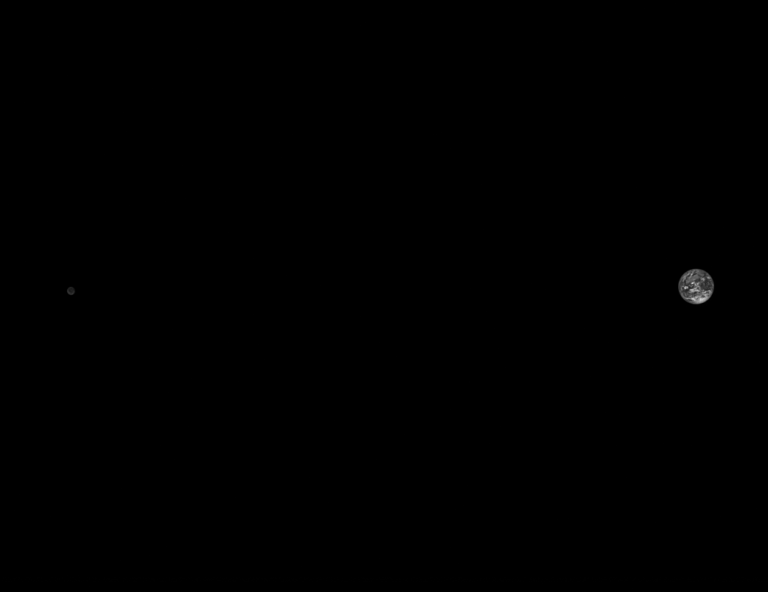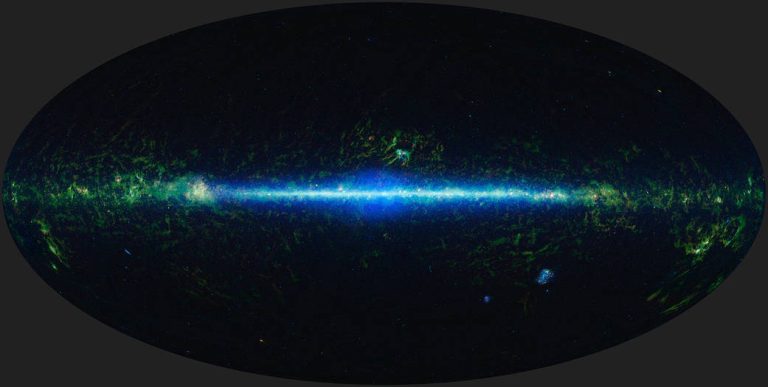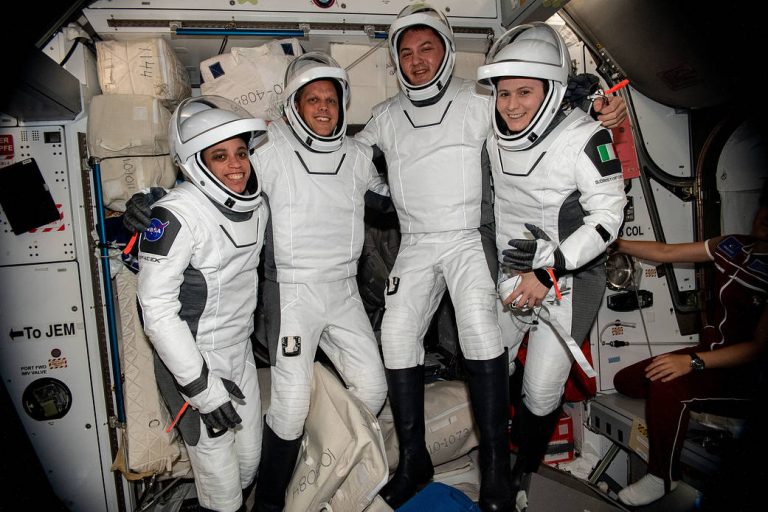露齿葫芦装点银河
While observing the outer region of the Milky Way galaxy, our Spitzer Telescope captured this infrared image of a cloud of gas and dust that looks like the hollowed-out pumpkins we see every Halloween. Nicknamed the “Jack-o’-Lantern Nebula,” it was likely created by powerful outflows of radiation and particles from a massive O-type star, about 15 to 20 times heavier than the Sun. The data used to create this image was collected during Spitzer’s “cold mission,” which ran between 2004 and 2009. Image Credit: NASA/JPL-Caltech 在观测银河系外部区域时,NASA的斯皮策望远镜捕捉到了这张由气体和尘埃组成的云团的红外图像,它看起来就像我们每年万圣节都会看到的掏空的南瓜。它被称为“南瓜灯星云”,很可能是由一颗质量约为太阳15到20倍的大质量O型恒星的强大辐射和粒子外流形成。 用于创建这张图像的数据是在2004年至2009年斯皮策的“冷任务”期间收集。 影像来源:NASA/JPL-Caltech










